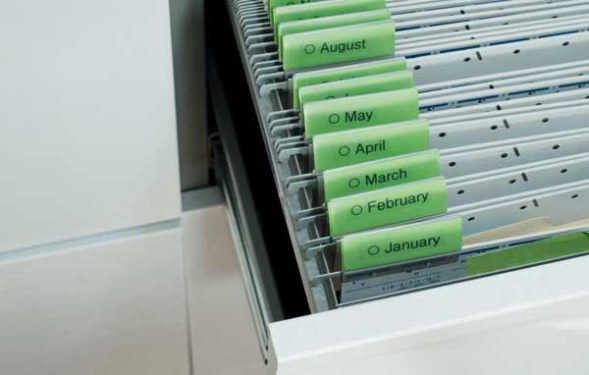
(StatePoint) – Stacks of paperwork have you down? It may be time to reorganize medical information and files.
From veterinarian bills to children’s dental X-rays, these tips can help you get all your ducks in a row:
• Be Discerning
While most paperwork related to medical information is important and worth saving, there are some items that can be tossed. Be discerning or you will quickly be overwhelmed.
Keeping a shredder on hand can eliminate any concerns you may have about discarding potentially sensitive material.
• Make it Convenient
It’s all too easy to skip filing paperwork until it gets out of hand. Keep your filing cabinet near your home’s landing area where mail comes in, so you can handle each item as it arrives.
• Create Labels
Clear, concise labeling is a must where effective filing and organization is concerned. Check out tools that simplify this process, such as Casio’s KL-120 Label Printer, which features a QWERTY keyboard and a 16-digit, two-line LCD display with 24-character sizes.
For added visual ease, use color coded file folders or labels to sort by year or member of the family.
• Lock It Up
It’s always a good idea to securely store sensitive personal information. Consider using a filing cabinet that locks. Just remember where you put the key!
• Take Notes
When visiting the doctor, be sure to bring a pad of paper and something to write with, or a device to jot down notes quickly. Be sure to date and label notes and consider filing this along with any other information received from the health care provider that day, so that it’s easy to refer to, as necessary.
• Learn Your History
If you are not well-acquainted with your family’s medical history, resolve to learn it. You never know when an accurate record will come in handy.
Getting medical information organized may seem like an annoying chore at first. But once you have a system in place, maintaining it will be smooth sailing.
